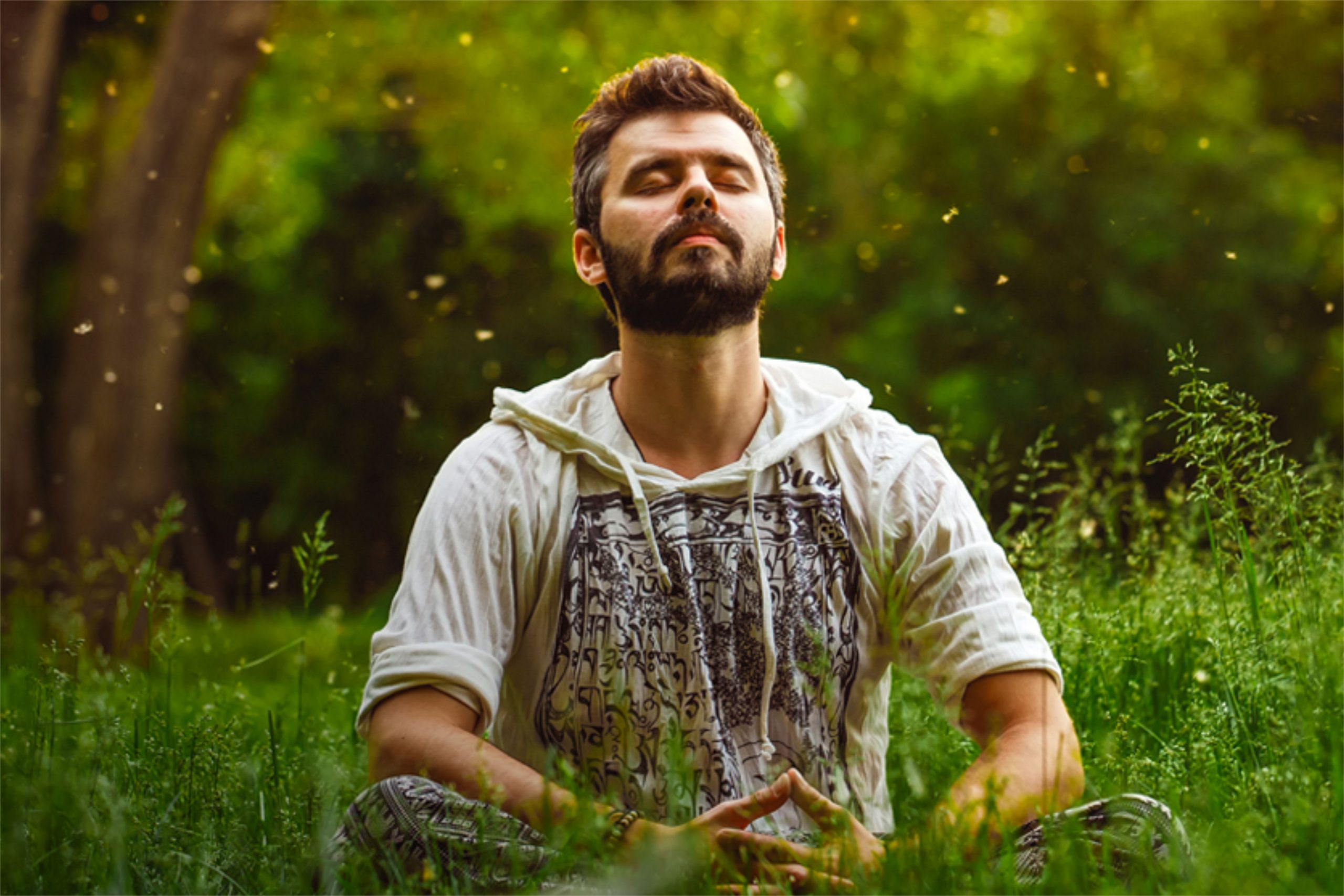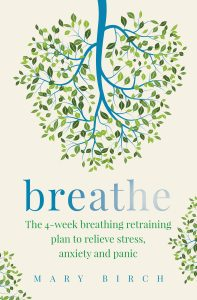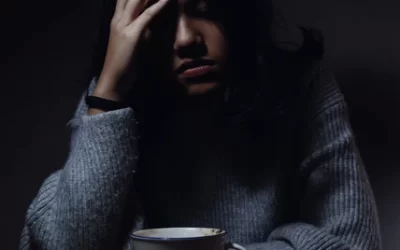breathe

“breathe” by Mary Birch is available now!
Get back to basics and transform your life with this simple four-week, step-by-step breathing retraining program.
The information contained in “
Comments from readers:
“I have devoured your book, it is fantastic, thank you for writing it.”
“Absolutely fabulous.”
“Wonderful… all the pieces are falling into place.”


Test your Breathing
• Are you mouth-breathing – either chronically or from time to time?
• Does your nose block, even when you don’t have a cold?
• Can you hear yourself breathe?
• Do you feel short of breath or chest tightness when exercising?
• Do you feel as if you are shallow-breathing at times?
• Do you have excessive mucus or post-nasal drip?
• Even when it’s nowhere near bedtime, do you sigh or yawn excessively?
• Do you have a hunger for air, or sometimes feel as if you can never get enough air?
• Do you experience headaches or wake up with a headache?
• Do you feel stressed?
• Do you wake up with a dry mouth or need to keep water by your bedside?
• Do you snore?
• Do you have sleep issues?
• Do you experience fatigue or a lack of energy?
• Do you get tingling in your fingers?
• Do you get palpitations?
• Do you experience dizziness or feel spaced?
A Yes response to any of these questions may indicate disordered breathing.


What is Breathing Retraining?
Breathing retraining is an educational program which helps to retrain the breathing pattern to normal.
It includes:
• Breathing and body awareness
• Strategies to reduce and alleviate symptoms
• Guidelines on posture
• Daily breathing exercises
• Guidelines on sleep, exercise, and food


How does it work?
Over-breathing means that we breathe too rapidly, or too deeply (or a mixture of both) leading to shortness of breath, tightness in the chest, palpitations, and hunger for air – as well as increased stress levels and anxiety.
Over-breathing (or hyperventilation to use the medical term) disturbs the balance of gases in the body. Too much carbon dioxide is exhaled and as a result, oxygen release from the haemoglobin in our red blood cells decreases. (If you would like more information, this is called the Bohr Effect, which was discovered by Danish scientist Christian Bohr in 1903.)
It’s commonly believed that carbon dioxide is a waste gas and is not important. The fact is that carbon dioxide levels need to be maintained within a narrow range in the body, and are essential for several important body processes, including breathing and oxygenation.
Breathing retraining results from my practice for clients experiencing stress, anxiety and panic are shown in


How it Works
The Buteyko method is a scientifically-based technique, developed by Professor Konstantin Buteyko in the 1950s. It is governed by the standard physiological principles of respiration, the normalisation of breathing and the Bohr Effect.
When we over-breathe, we disturb the balance of gases, oxygen and carbon dioxide in the body. Over-breathing or hyperventilation to use the medical term, means that we increase the volume of air inhaled. It also means that we exhale excessive amounts of carbon dioxide and this may lead to symptoms.
Carbon dioxide is often referred to as a waste gas. This is inaccurate – a certain level of carbon dioxide is essential for several body processes.
The Bohr Effect is a scientific phenomenon which determines the effective release of oxygen from the haemoglobin in our red blood cells and is linked to our carbon dioxide levels.



BREATHE BETTER – LIVE BETTER
Part 1 of the book provides an explanation into the link between over-breathing and stress, anxiety and panic symptoms. It provides scenarios from clients who have improved their breathing pattern, offers an insight into the human dimension associated with these conditions and explains how improving breathing can improve health.
Part 2 contains breathing retraining strategies and techniques to help people to improve their breathing pattern and gain long-term relief. It also includes guidelines on lifestyle, exercise, food and nutrition.
It is available from bookshops, or you may order online:
About the Author
A family member suffered from asthma and as a result Mary became interested in the Buteyko method of breathing retraining, based on the work of Russian doctor and researcher, Professor Konstantin Buteyko. Mary’s career then took on a new direction.
After training as a Buteyko practitioner, Mary taught breathing retraining classes for twenty years in her Melbourne practice to clients with asthma and sleep issues, as well as people experiencing stress, anxiety and panic.
Of all the clients she taught over the years, it was the people experiencing stress, anxiety and panic symptoms who were the most isolated and despondent, Mary found.
Mary witnessed their struggles, saw their tears and heard firsthand their accounts of their attempts — sometimes for months, years or even decades — to overcome their symptoms before they enrolled in the classes she taught.
Some of her clients had been advised to ‘relax’, ‘take this medicine’, ‘take deep breaths’ or ‘stop over-analysing and you’ll be fine’. Despite this well-intended advice, they were far from fine.
Several clients who had successfully conquered their symptoms by improving their breathing pattern urged Mary to write a book on this topic as they were keen to help others and to prevent them from suffering as they had done. After three years of writing and research,
Mary is now retired and lives in Melbourne with her husband.
Blog
Long-Covid: could it be linked to your breathing?
You feel as if you’ve just finished a marathon and added to that you have what seems like the worst jetlag ever… it’s like trudging through mud, muscles aching, head so foggy you wish you could blow the cobwebs out and think straight for a change. Even taking a deep breath is difficult and sometimes you just can’t get enough air.
This is the reality for many people with Long-Covid.
How to de-stress and reduce anxiety
3 Steps to restore calm, just by breathing
Welcome to my first post.
Feeling stressed or anxious….? In this post I will share with you an easy way to restore calm. In 20 years of teaching breathing retraining in my Melbourne …
enquiries@marybirchauthor.com
PO Box 7335, BEAUMARIS, Victoria 3193 Australia
call
0414 812 011





AUSTRALIA & NEW ZEALAND
DISCLAIMER
The information provided on this site is general in nature and is not intended as a substitute for medical advice and must not be relied on as such. For any healthcare advice, always consult a healthcare practitioner.




